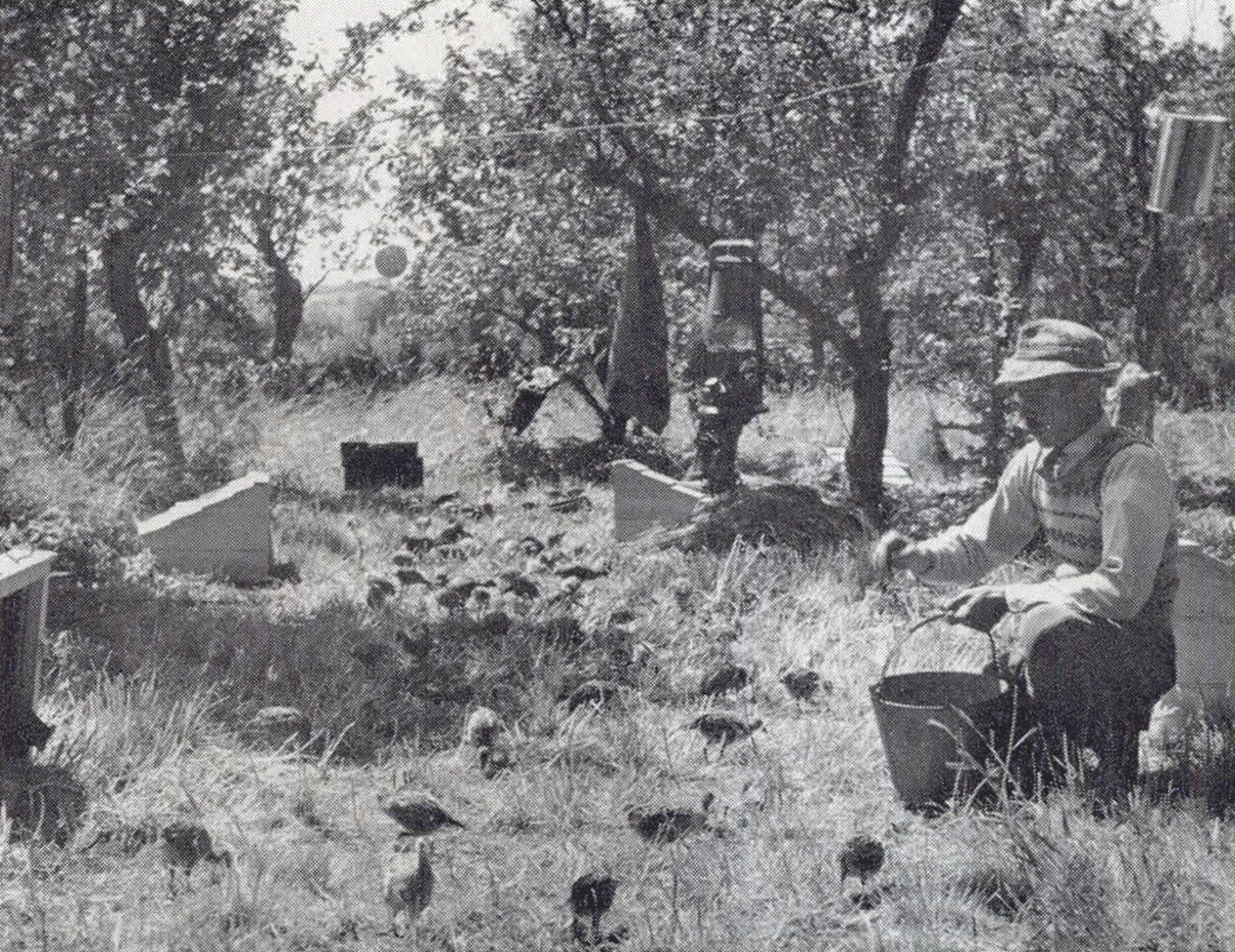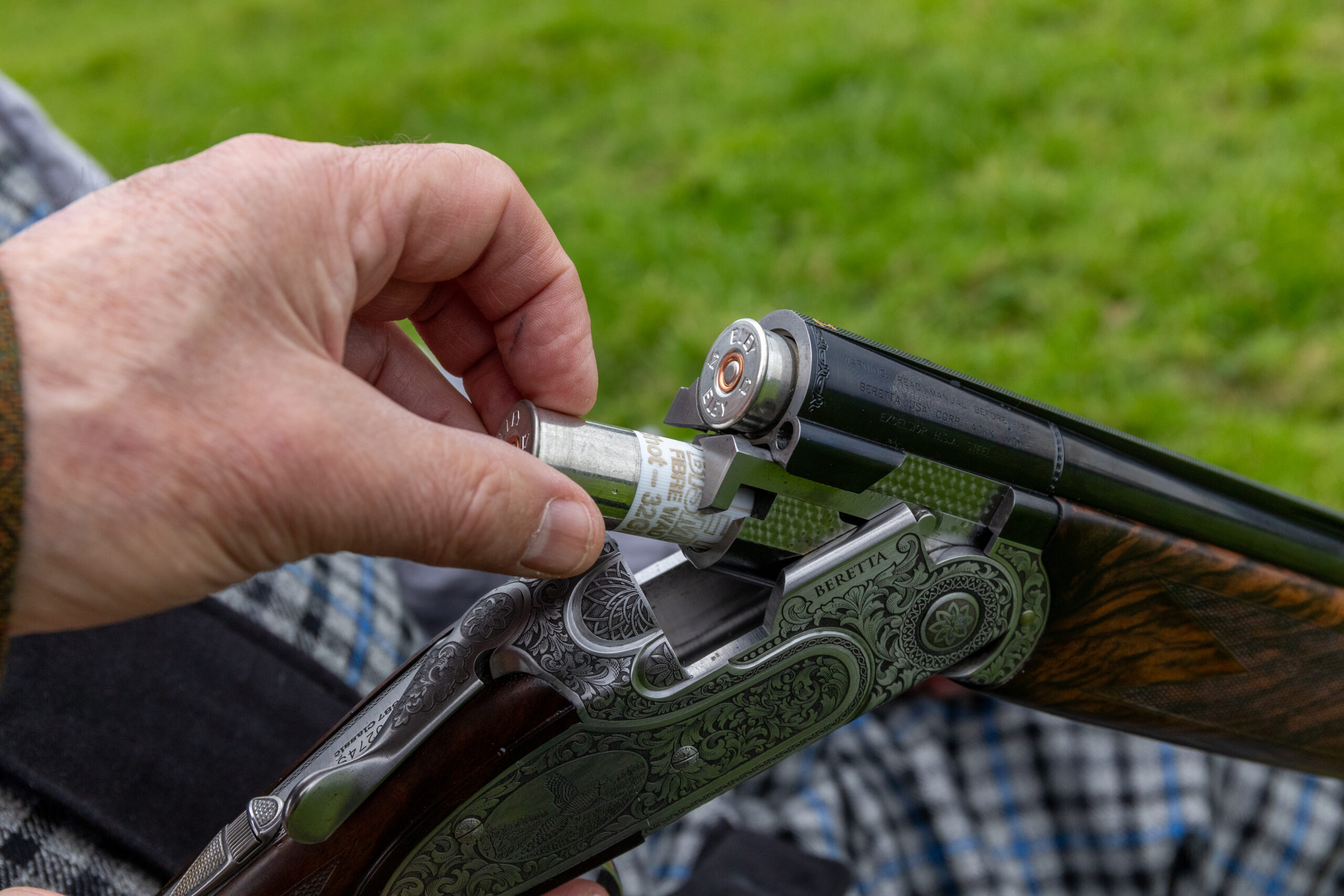How keepering kit has improved
Liam Bell examines how rapid advances in the quality of incubators, brooders, pens and feeders have improved the lot of the gamekeeper

Foxes and other pests are kept at bay with lamps and rags soaked in either creosote or Renardine
In rural pubs across the country — the ones that are still open at least — you’ll always find some old boy who’ll tell you life was much better in years gone by. Old keepers often express similar sentiments. I’m not sure, though. I think keepering kit has vastly improved.
In fact, having started my gamekeeping career in the last days of paraffin-fuelled incubators, I reckon that the life of the keeper, to a large extent due to advances in kit, has become much sweeter. True, not all that has changed in the game shooting world has been for the greater good, but the keepering kit we have today undoubtedly saves us time, improves our husbandry and extends the lives of our hips and knees.
The incubator in the shed next to my house is a perfect example of the way things have progressed. It has electronic controls, it turns the eggs at preset intervals and automatically adjusts the humidity if needed. It’s vastly different to the paraffin incubators of old, which by the late 1960s and early 1970s had largely replaced the traditional use of live broody hens. (Read Liam’s advice on how to keep your poults happy.)

Keepers welcome the rapid improvements in the quality of kit, saying it saves both time and money
Keepering kit as it was
The first incubator I used — or rather the first one I collected eggs from, as I wasn’t allowed to touch the incubator itself — was a Glevum Economy, a small, wooden paraffin affair that took 150 eggs at a time. It was a sister machine to the improved and slightly larger Glevum Superior and the smaller Gloucester. We had three of them to allow for weekly settings and staggered laying and hatching dates, and they really were works of art.
It was an uncomplicated design that allowed for minor temperature fluctuations and relied on airflow for even heat, unlike modern incubators, which are controlled by contact thermometers on complex circuit boards and rely on internal fans to circulate the air.
I remember watching in awe as my headkeeper instinctively trimmed the wick to steady and clean the flame, topped up the paraffin and checked the small wooden thermometers when the eggs were turned by hand. We didn’t bother with egg wash back then and simply wiped the dirty ones under the tap. Biosecurity wasn’t something we really worried about and we were producing our own birds from our own stock, anyway.
Hatch days were the highlight of the week. The ingenious design of the little incubators included a hessian-lined tray underneath the tray that held the eggs. When the chicks had dried off, they would wander off the side of the setting tray and fall into the lower tray. We would simply pull the lower tray out, box up the chicks and move them to the brooders. Usually, 60% to 65% of the eggs would hatch and a hatch of 70% or more was something to talk about.

Most release pens are still made with steel at the bottom, but now it is usually topped with plastic game net
Fun and mystery
A few years later, we converted the Glevums to electricity by replacing the paraffin-fired system with a dull emitter bulb and, while things were more straightforward, hatch rates stayed much the same. The Glevums were eventually replaced by more modern incubators and separate hatchers. Hatches improved and things became a lot easier, but some of the fun and mystery was taken out of it and hatching became less of an art.
Modern incubators are even more refined and include things such as remote reporting links via mobile phones if there is an unexplained rise or fall in temperature. Hatches below 70% are very much seen as a failure.
The early brooders, again, were paraffin. The Rupert brooders we used were each designed to take 100 day-old chicks. Small, cramped and rested on a bed of pea gravel, they were difficult to manage and you spent a lot of time on your hands and knees (until the birds were off heat), but they did produce good poults.
The heaters, which we soon converted to gas, passed the heat through ducts to a chimney in the middle. The chicks huddled up to the pipes for warmth, in much the same way as they do when reared under a broody hen or in the wild, and had access to an outside run from day one.
The runs were 40ft by 40ft and the chicks and poults did pretty much as they pleased from a week old. We put up a temporary fence around the brooder for the first week, to stop them going too far and getting lost in the grass, but that was pretty much it. We didn’t use ‘bits’ because there was no feather pecking, there was no running the birds in if it rained and, other than the feeding and watering, they were more or less left to their own devices until they were ready to go to wood.

Brooders now fulfil the role of broody hens
The Rupert brooders were replaced by wooden 4ft by 4ft sheds that housed 100 birds and they were replaced by 8ft by 8ft sheds housing 250. We stayed with gas heaters and added sun parlours or shelter pens, while others moved to permanent sheds and used ‘electric hens’. Heaters improved and had dust filters added, and most are now thermostatically controlled. The number of chicks that brooders can cater for has also increased dramatically. The Collins Nets Global 10 Gas Brooder, for example, is suitable for up to 2,000 day-old chicks.
I was chatting to a keeper in Dorset and he told me that these advances have allowed him to move to sheds almost three times larger than the rearing sheds he used when he started his career. He said that this improvement in kit “has saved me a lot of time and money, and decreased my losses”.
Drinkers and feeders were improved and further developed at the same time. The hand-filled galvanised bell drinkers of old were replaced by the more easily washable plastic automatic ones and they were, in turn, replaced by nipple bars.
Ian Mowlem, also a Dorset gamekeeper, thinks we are going to see further rapid improvements in technology in the near future. “The last generation of shooting finished in February 2020,” Ian said. “We have been constantly adapting our shooting businesses since then.”

The use of hoppers can free keepers from the task of hand-feeding
Usd 29 july 15 starting a shoot
Usd 14 june 17 Q&A
Usd 25 July 18 on your shoot
Reducing drugs
Ian believes biosecurity is going to be the new focus, particularly due to the bird flu epidemic that is currently raging. He also thinks there will be a greater focus on reducing drug use. (Read how to improve biosecurity on your shoot.)
Feeders have moved on, too. While most keepers used to hand-feed in the early days, many of them still used feeders on the rearing field, albeit small open trays and dishes. Hoppers developed with time and, slowly but surely, keepers moved away from hand-feeding towards hopper-feeding and trail-feeding.
However, the move across wasn’t welcomed by all. I well remember the doubters who saw the promotion of hopper-feeding as a move to do away with keepers altogether, as opposed to a freeing up of their time to do other things.
Release pens have stayed much the same. When artificially reared birds first replaced broody-reared ones, most release pens were built in the drives where the keepers wanted to see the birds, as was common practice when releasing bantam-reared birds. It was only later, on the advice of the GWCT and others, that the idea of release woods and the feeding away and driving back of the birds took hold.
Early pens didn’t have the luxury of electric fences, but instead were surrounded by veritable minefields of traps, snares and rags soaked in Renardine, a strong-smelling, scent-masking chemical. Renardine was supposed to discourage foxes and the like, but probably did more to soothe the nerves of the keepers using it than it did to deter anything that wanted to eat the poults.
Wooden posts are being replaced by galvanised metal versions with 30-year guarantees, which is just as well because the wooden ones last half the time they used to, following the banning of many of the old wood preservatives. The pens are still made with galvanised steel at the bottom, but most new pens are now topped with plastic game net, as opposed to the old 6ft rolls of 2in wire mesh.
Vehicle access is now fairly standard and most gates are big enough for you to carry a crate through without banging your knuckles against the door. Release pens do look a bit more professional these days, due to the likes of Collins producing better fencing and fox grid pop-holes, which allow birds to get in and out, but stop foxes getting in.
It is difficult to say how things will develop and where we will go next, but I do feel we will move away from our reliance on gas and mains electricity towards renewable energy sources. I agree with Ian Mowlem that extensive rearing systems will be more biosecure and use fewer antibiotics. We may see a return to shoots being more self-sufficient and less reliant on imports for their stock.
In that sense, at least, things were better in years gone by.
Please contact Collins Nets for any more product information or to order: 01308 485422
Shooting UK created this content as part of a paid partnership with Collins Nets. The contents of this article are entirely independent and solely reflect the editorial opinion of Shooting UK.






